How Air-Operated Diaphragm Pumps Handle Viscous and Abrasive Fluids
Air-operated diaphragm pumps (AODD pumps) have become indispensable in industries that handle challenging fluids, including those that are highly viscous or contain abrasive particulates. Their ability to transfer such materials without compromising performance or durability makes them a preferred choice for numerous industrial applications. Air-operated diaphragm pumps (AODD pumps) function using compressed air as their power source. Unlike electric-driven pumps, they do not rely on motors or gears, making them highly versatile for handling various challenging fluids, including viscous and abrasive materials. These pumps operate through a reciprocating motion, where two flexible diaphragms move back and forth inside the pump housing. The movement is driven by an air valve system that alternates air pressure between the diaphragms, creating a suction and discharge cycle. Challenges in Pumping Viscous and Abrasive Fluids Viscous Fluids Viscosity refers to a fluid's resistance to flow. High-viscosity fluids, such as adhesives, resins, syrups, and oils, require pumps that can generate sufficient force to move the liquid efficiently. The challenges of handling viscous fluids include: Increased Resistance: High-viscosity fluids do not flow easily, leading to higher energy requirements. Shear Sensitivity: Some fluids degrade when exposed to excessive shear forces, requiring gentle handling. Potential for Clogging: Thick fluids can clog pump passages, leading to inefficiencies or failures. Abrasive Fluids Abrasive fluids contain solid particles that can wear down pump components over time. Examples include slurries, ceramic mixtures and wastewater containing sand or grit. The main challenges of handling abrasive fluids are: Component Erosion: Continuous exposure to abrasive particles can wear out diaphragms, valves, and pump bodies. Sedimentation: Particles may settle, causing blockages or uneven wear. Increased Maintenance Needs: Frequent maintenance is necessary to prevent premature pump failure. Why AODD Pumps Excel at Handling Viscous and Abrasive Fluids? AODD pumps are uniquely designed to overcome the challenges of pumping viscous and abrasive fluids. The following features make them an ideal choice: Self-Priming Capability: AODD pumps can self-prime, meaning they do not require external priming to start pumping. This is [...]

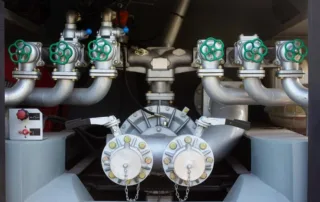

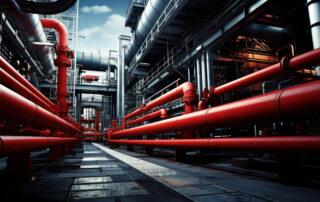
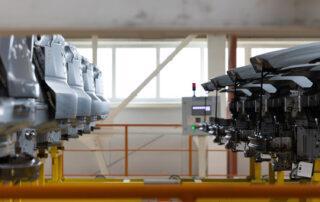
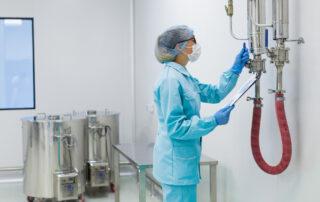
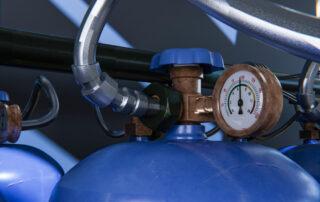
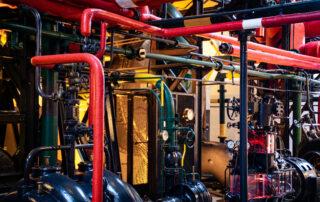

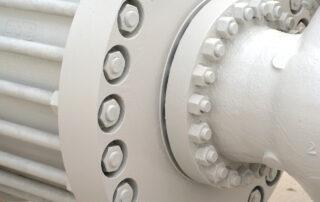
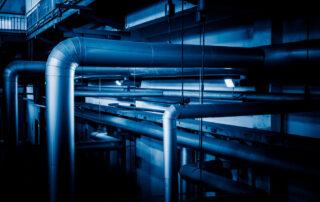
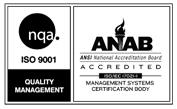
Get Social